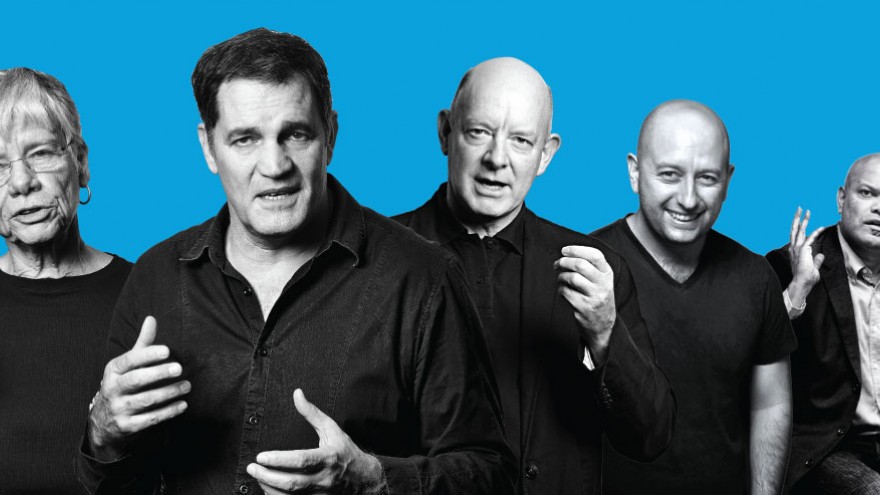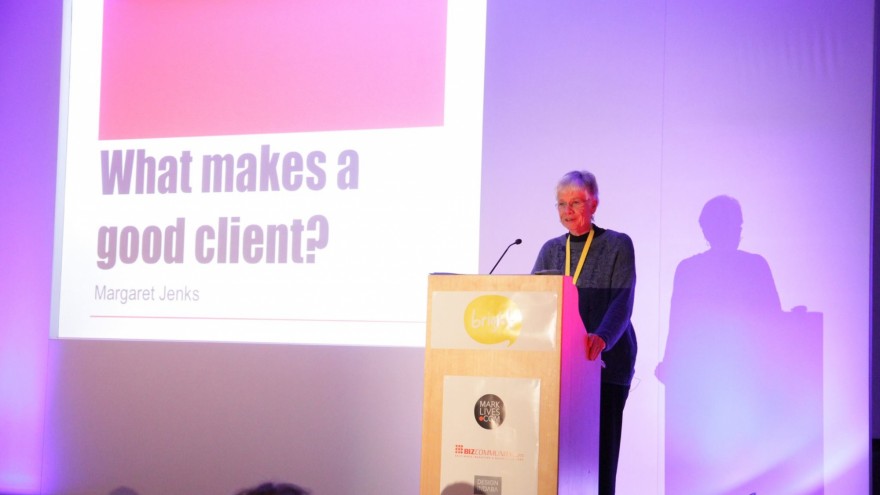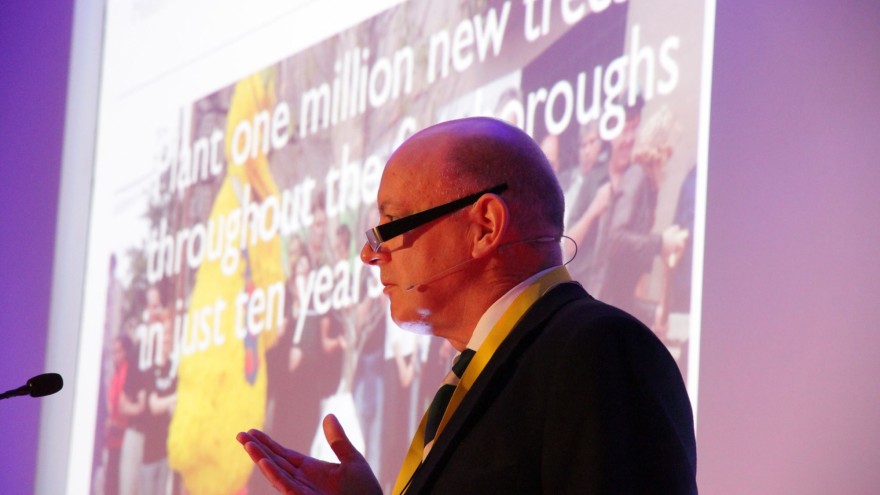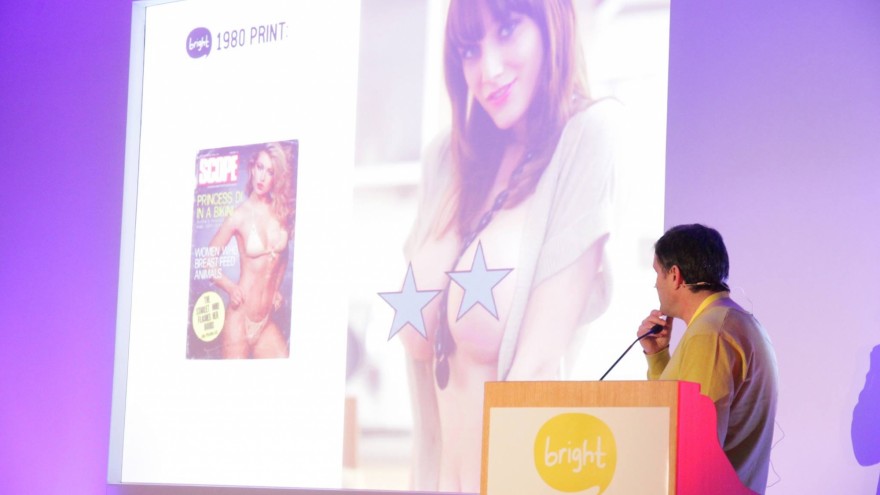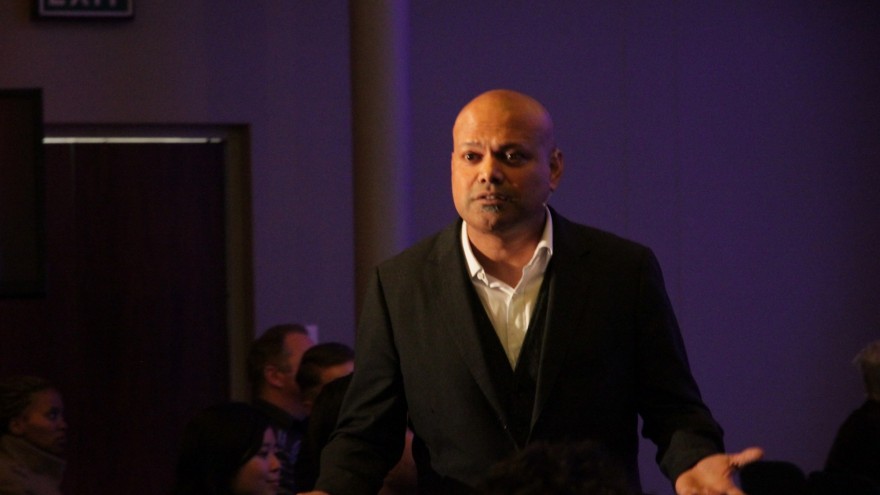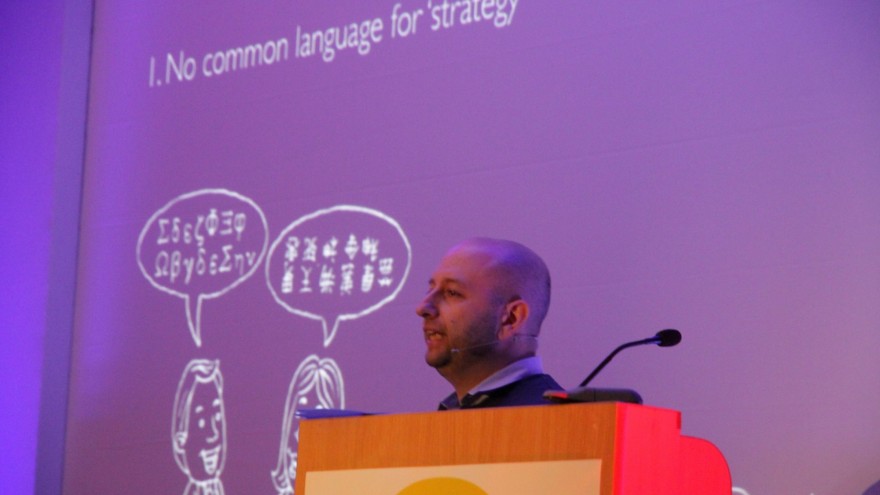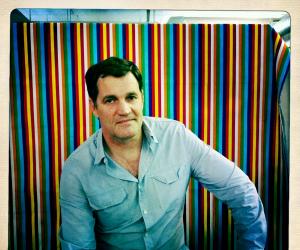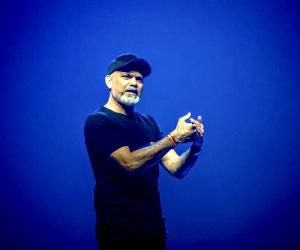Bright Talks, a new inspiration event in Cape Town, kicked off to a sensational start and saw audiences captivated and enthralled throughout the day.
Started by Ross Chowles, founder and executive creative director of the Jupiter Drawing Room Cape Town, Bright Talks encourages creatives working in the marketing/advertising industry to think outside the box, challenge the status quo and let their ideas mutate and grow, while simultaneously letting clients know how to get the best out of their agency. Sharing the stage with respected individuals in the creative community: Ravi Naidoo, Graham Warsop, Margaret Jenks and Gavin Levinsohn, Chowles promised to stimulate, educate and inspire audiences, and did just that.
Opening the day with a discussion comparing the vast differences in the advertising world of the 1980s and the ad world of today, Chowles gave meaningful insight into how the industry has taken on the digital revolution. “Back in the 1980s there was no Photoshop, there were only storyboards. This meant you had to get it right first time,” said Chowles. Time was money and if mistakes were made agencies were the ones who would pay for something to be redone.
Media was also very different back then. With SABC being the one and only TV channel, agencies had the opportunity to make a huge impact. “Only one ad had to be made and pretty much everyone in South Africa would see it,” said Chowles. Today, however, agencies see their ads being spread very thin as more media channels need to be covered. DStv has 128 channels alone, while countless radio stations, newspapers, magazines and, of course, online platforms need to be covered. Chowles’ solution to this is to pick a target audience and make an impact with that specific group, “use your budget to make a big impression on your desired audience, don’t try reach everyone and make little or no impact”.
Graham Warsop was next in line and dedicated his presentation to the future of advertising. Where Chowles looked at the past, Warsop tried to crystal-ball-gaze into the future of the industry. Starting off by quoting management guru Tom Peters who said, “anyone who says he can predict the future is a liar or an idiot”, Warsop decided rather than predicting he would share what he believes the future of advertising should look like. “Creativity isn’t everything; it’s the only thing.” With this in mind, he stated that innovative thinking is essential in advertising as it is at the heart of creativity. “Advertising is not only about ads, its about being creative enough to ask questions that lead to finding smarter solutions that get into the heart of the commercial system and consumers,” said Warsop. Using creative and innovative thinking to communicate will see agencies adding value beyond their next commercial idea. For Warsop the future of advertising needs to see agencies recognising, harnessing and utilising the power of imagination and innovation to reveal the heart of organisations and their products to consumers.
A discussion by Chowles titled “The truths about marketing they never taught you at AAA, Vega, Red & Yellow, UCT or GSB” saw audiences on the edge of their seats. First and foremost, understanding what pushes consumer’s buttons is at the heart of advertising and studying psychology can help to understand the human condition. Secondly, getting to grips and interpreting a brief is what can make or break an ad. Thinking about the goal that you want to achieve will enable you to start taking the steps necessary to make the ad great. “It’s all about expectations and how to set them. With a desired outcome you will be able to have a clear direction and image of what your success will look like,” explained Chowles.
For this, agencies need to understand the creative process and follow five steps.
- Listen – try to understand what the client is saying, sometimes it will be necessary to read between the lines.
- Do nothing – often when you are not thinking about it, it happens.
- Vomit – don’t sensor your ideas, vomit them out. Often we are too insecure about our ideas. Get them all out and then evaluate them.
- Wall – be objective about judging.
- Evaluate – if your idea doesn’t make someone want to use it, want it or tweet it, then discard it. After this process select your top three ideas and pick one. Hold onto your idea and trust your gut.
Later on in the day Chowles spoke about changing one thing to be better at any job, and that’s getting naked. Underperformance is often due to insecurities. Getting naked allows people to see all your faults and imperfections, allowing you to overcome your fears.
Everything you want is on the other side of fear, says Chowles.
Gavin Levinsohn, Managing director of Ogilvy Cape Town, proposed that clients and communication agencies should rethink some of their basic approaches to communication and position strategies. “Strategy is a uniqueness. If your strategy doesn’t set out to make you different, then you don’t actually have a strategy,” he explained. Throughout his presentation he highlighted, what he thinks are a few common mistakes that slip into agency strategies. Over thinking – overthinking leads to making mistakes and not taking risks. Laddering up to nonsense – have a desire to make an emotional connection to your audience without over exaggerating the result a product can have. Confusing the target market with the desired image of a product – having an internal view of the brand can help you to understand how the product should be reflected and where you want the brand to go. Levinsohn concluded that if these mistakes are made, good creative and innovative conversations and approaches will be trapped.
Margaret Jenks, consultant and ex-group marketing director at Sanlam, outlined a blueprint for all clients who want to achieve the best results from their marketing partners. Tried and tested methods for working with an agency effectively enabled her to share some insightful lessons with the audience. Understand your business deeply – if you don’t understand your business you can't possibly understand what you are trying to achieve. Clarity and vision – you need to have a clear knowledge of what it is that you want to achieve with your business image. Have guts – have the guts to stand up for what you believe in and what you think a productive way forward could be.
Ending off the day Ravi Naidoo, Design Indaba founder, spoke about vision: “Vision without action is a daydream. Action without a vision is a nightmare.” Speaking about how South Africa could become a creative global hub, Naidoo gave reference to some local designers who are taking the international creative world by storm. In this, the vision for South Africa is to become the leader at the forefront of creativity. “We have the talent, let's use it,” Naidoo enthused.
Bright Talks left the audience feeling radically different, inspired and motivated to become active agents in creating a more innovative industry and creative South Africa. If you want to be in the advertising industry you have to be brave enough to be emotional, brave enough to be controversial, brave enough to have a point of view, brave enough to experiment, brave enough to be funny and brave enough to make bold decisions.
Look out for the next Bright Talks by visiting their website or following them on twitter.

